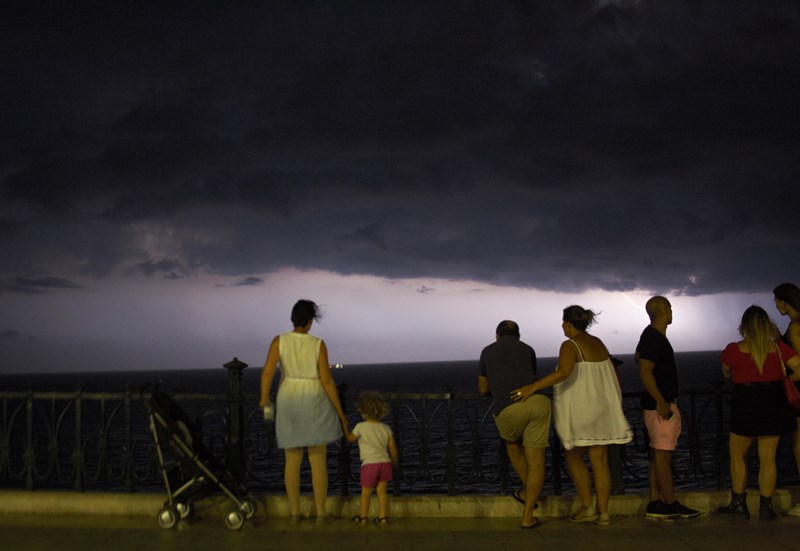Soundmarks: Art and Archaeology
/We were extremely interested to hear about ‘Soundmarks’, the new collaboration between the artist and archaeologist Dr Rose Ferraby and the artist Rob St John, which brought together art, sound and archaeology to explore and document the hidden sub-surface landscape of the village of Aldborough in North Yorkshire, England.
Aldborough was an important town in the Roman north, one with a central forum, basilica and amphitheatre. But for anyone visiting the town today, this history is not immediately obvious. And so the Soundmarks project was born; an attempt to bring this landscape back to life again, through art exhibitions, sound installations, a book and audio art trail, as well as a documentary film and podcast.
“There is rich ground for creative exploration between art and archaeology, allowing new ways of exploring landscapes. So much of archaeology is about imagination: engaging with creative practice can open up new ways of thinking through archaeology and communicating it in interesting and exciting ways.” – Rose Ferraby.
On the Soundmarks website you can delve into more of this fascinating story through the different strands of the project, including the documentary film and audio trail (with accompanying town map). And if you happen to be in the neighbourhood of Aldborough, the English Heritage Museum in the village is providing a home to the visual and audio elements of the project.
To learn more about the project, have a listen to the Soundmarks Podcast, in which Rose and Rob sit down to talks about the process of research, making and exhibiting, interwoven with field recordings and music made for the project:



